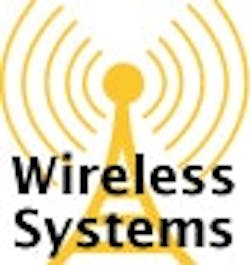Defining Coexistence, Interoperability and Compatibility
By Walt Boyes, Editor in Chief
I dont want multiple sensor networks, says Procter and Gambles Jim Reizner, co-chairman of the ISA100 User Working Group. That means I have to multiply my purchasing, stores, maintenance and training by the number of networks I have.
Unfortunately, Reizner may get multiple networks anyway. Since users are apparently stuck with several wireless sensor systems, it is up to us to determine which of them, or how many, were going to use in our plants. Here are some basic vocabulary words to help with our decision-making.
Interoperability means that when you pull a wireless transmitter out and put another one in, the replacement functions exactly the same way as the previous one did, regardless of manufacturer.
All WirelessHART devices, says Bob Karschnia, Emerson Process Management vice president of wireless, are interoperable, not only with other WirelessHART devices, but with all existing wired HART devices.
ISA100 devices are also expected to be interoperablewith other ISA100 devices, at least, and possibly, at some future date with WirelessHART devices as well.
ZigBee devices have a history of difficulty with interoperability that the new ZigBee PRO implementations are supposed to remedy.
Compatibility means that a replacement transmitter will operate in the same network as its original, but that it will not necessarily function the same as the one it replaced.
Multiple wireless sensor systems must coexist. That is, they must operate at the same time without interfering in any way with the other systems and not allow other systems to interfere with them.


